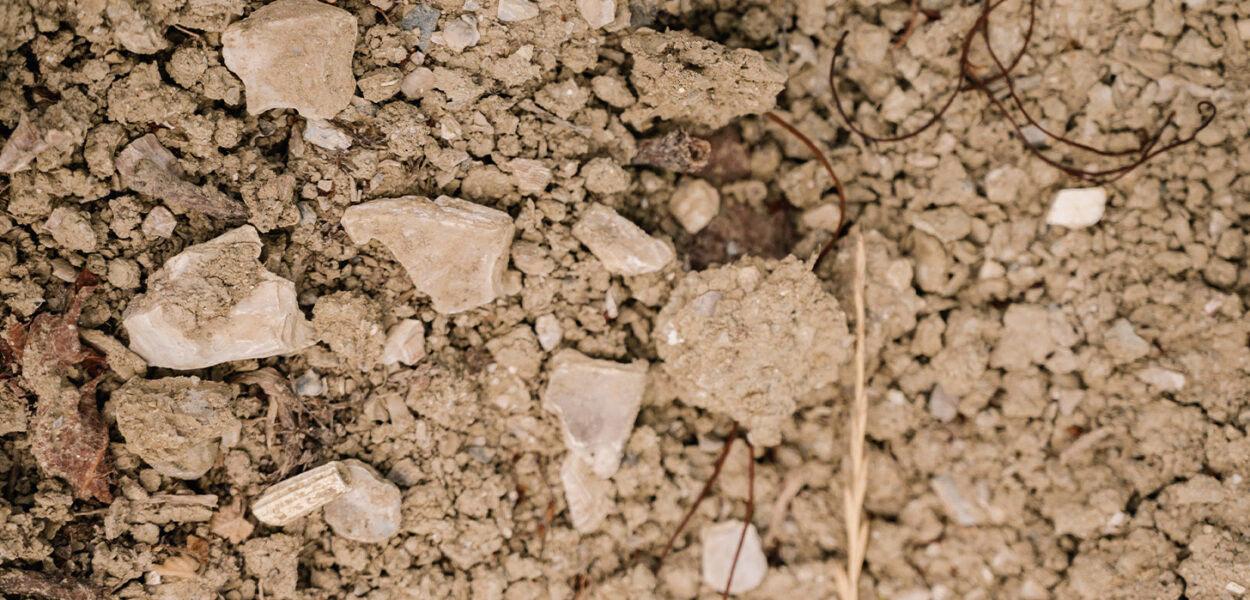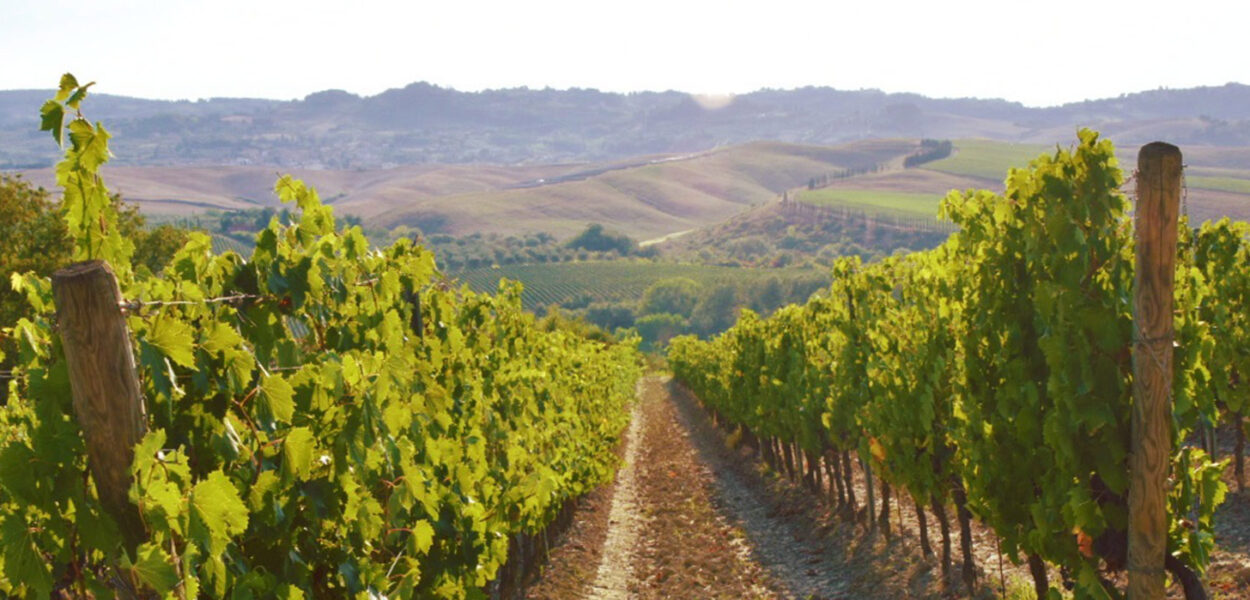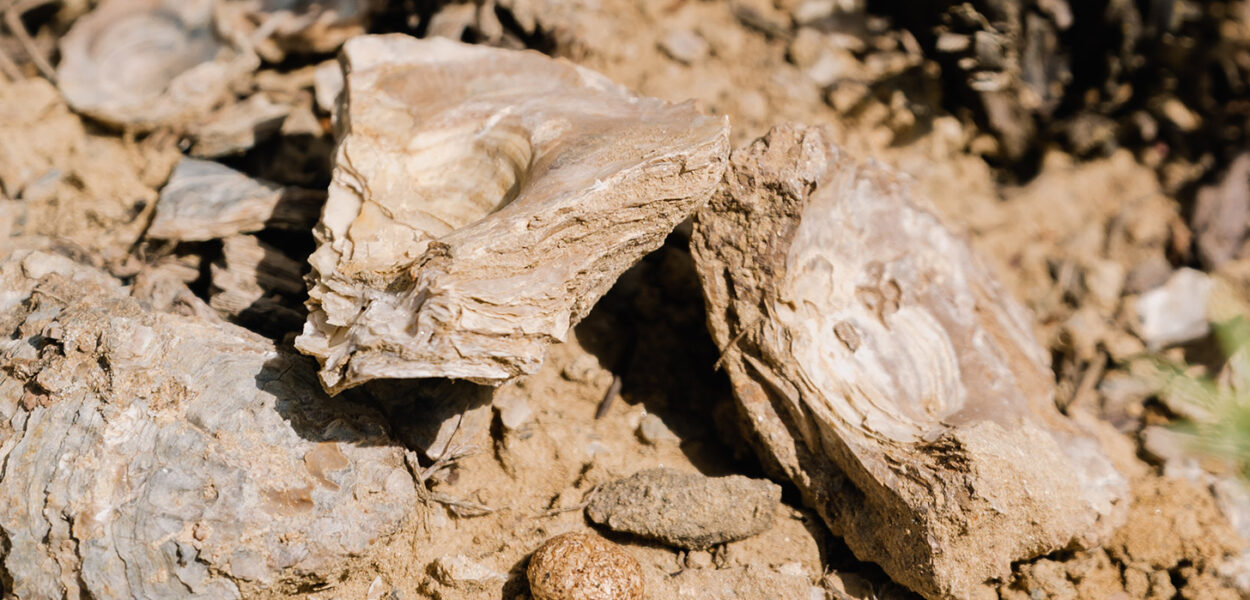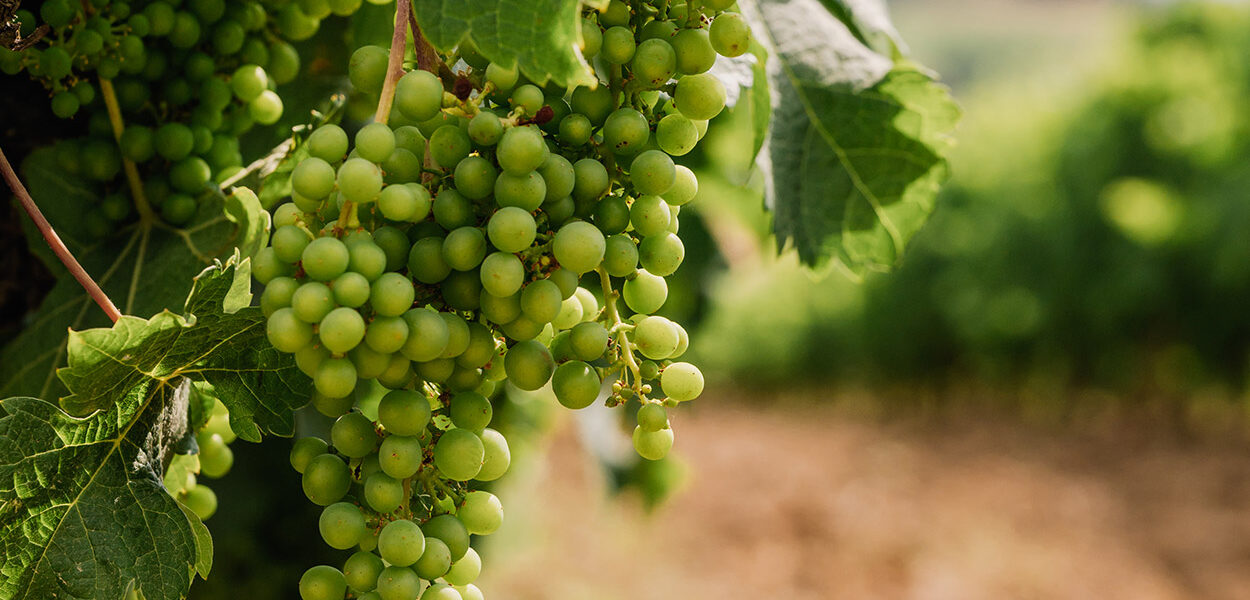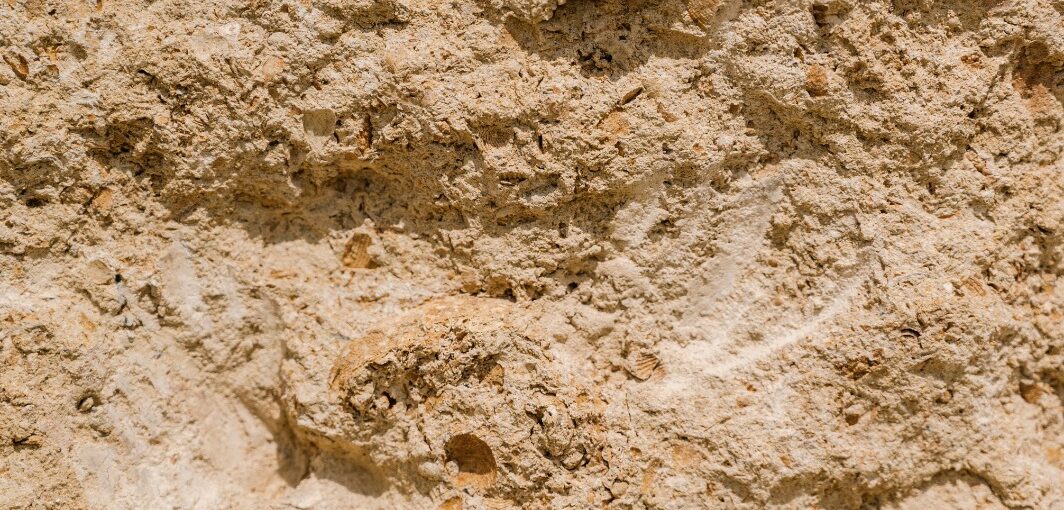Terroir - Badia di Morrona
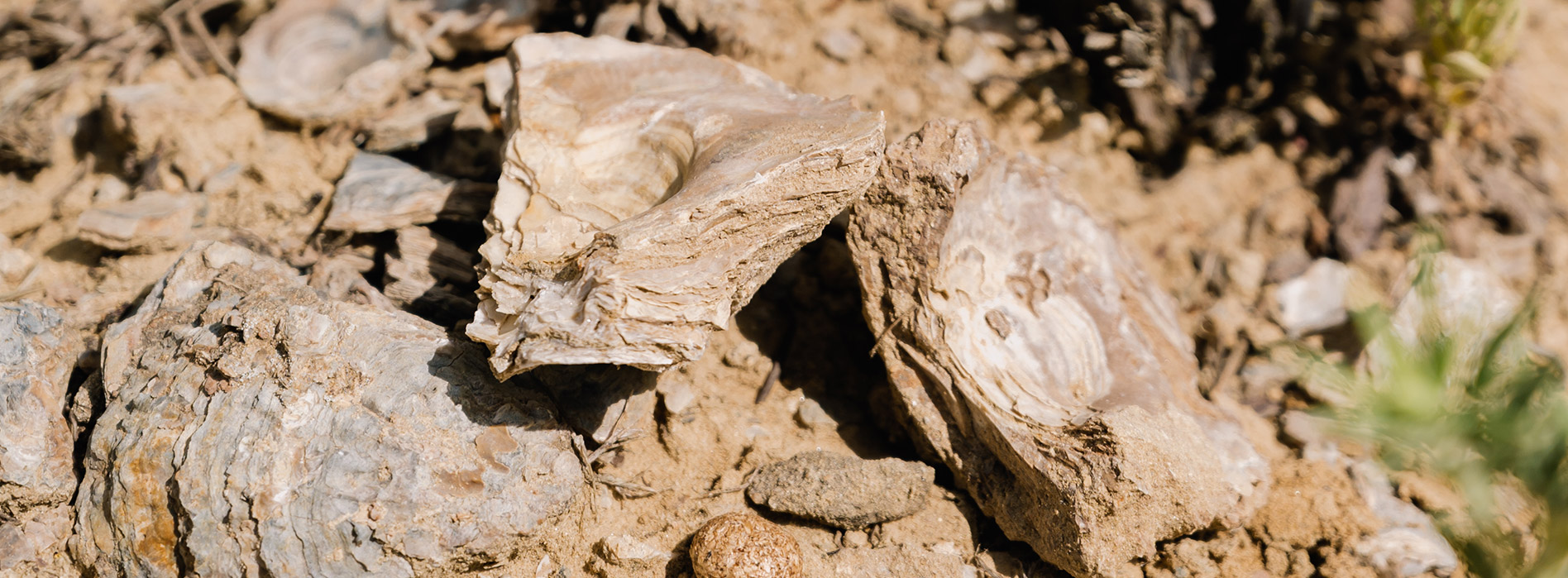
This may be a lesser-known corner of Tuscany’s wine universe, but it is an area that vaunts long-respected vitivinicultural qualities, amply testified to by the activities of the Conti Gaslini Alberti family, who have owned the Badia di Morrona for almost a century. They have always held a firm belief in the inherent superiority of this terroir and today they continue to pour their energies into fashioning its future.
A stroll through the estate vineyards immediately encounters ancient, priceless soils laden with travertine fragments and fossil shells that trace a fascinating journey back in time towards the very origins of the area.
Raising one’s eyes a few centimetres brings into view luscious clusters of Sangiovese, icon of Tuscan winegrowing, as well as the most important international varieties, portraying the twin and complementary sides of Badia di Morrona’s winemaking philosophy, which is thus able to offer a comprehensive portrait in wine of its terroir.
The vines benefit from a local climate whose marine breezes temper hot daytime temperatures and prevent overly-moist conditions in the vinerows.In this one-of-a-kind mosaic of soils, an authentic “geologic treasure-chest,” clay predominates, with pebble content scarce, but components that one encounters, cheek by jowl, are sand, soft greystone, river cobbles, local alberese marl, and even slabs of travertine emerging from the ground, but—above all—fossils from the Pliocene through the Pleistocene, abundant evidence of ancient seabeds here in the valley.
A stroll through the estate vineyards immediately encounters ancient, priceless soils laden with travertine fragments and fossil shells that trace a fascinating journey back in time towards the very origins of the area.
Raising one’s eyes a few centimetres brings into view luscious clusters of Sangiovese, icon of Tuscan winegrowing, as well as the most important international varieties, portraying the twin and complementary sides of Badia di Morrona’s winemaking philosophy, which is thus able to offer a comprehensive portrait in wine of its terroir.
The vines benefit from a local climate whose marine breezes temper hot daytime temperatures and prevent overly-moist conditions in the vinerows.In this one-of-a-kind mosaic of soils, an authentic “geologic treasure-chest,” clay predominates, with pebble content scarce, but components that one encounters, cheek by jowl, are sand, soft greystone, river cobbles, local alberese marl, and even slabs of travertine emerging from the ground, but—above all—fossils from the Pliocene through the Pleistocene, abundant evidence of ancient seabeds here in the valley.

